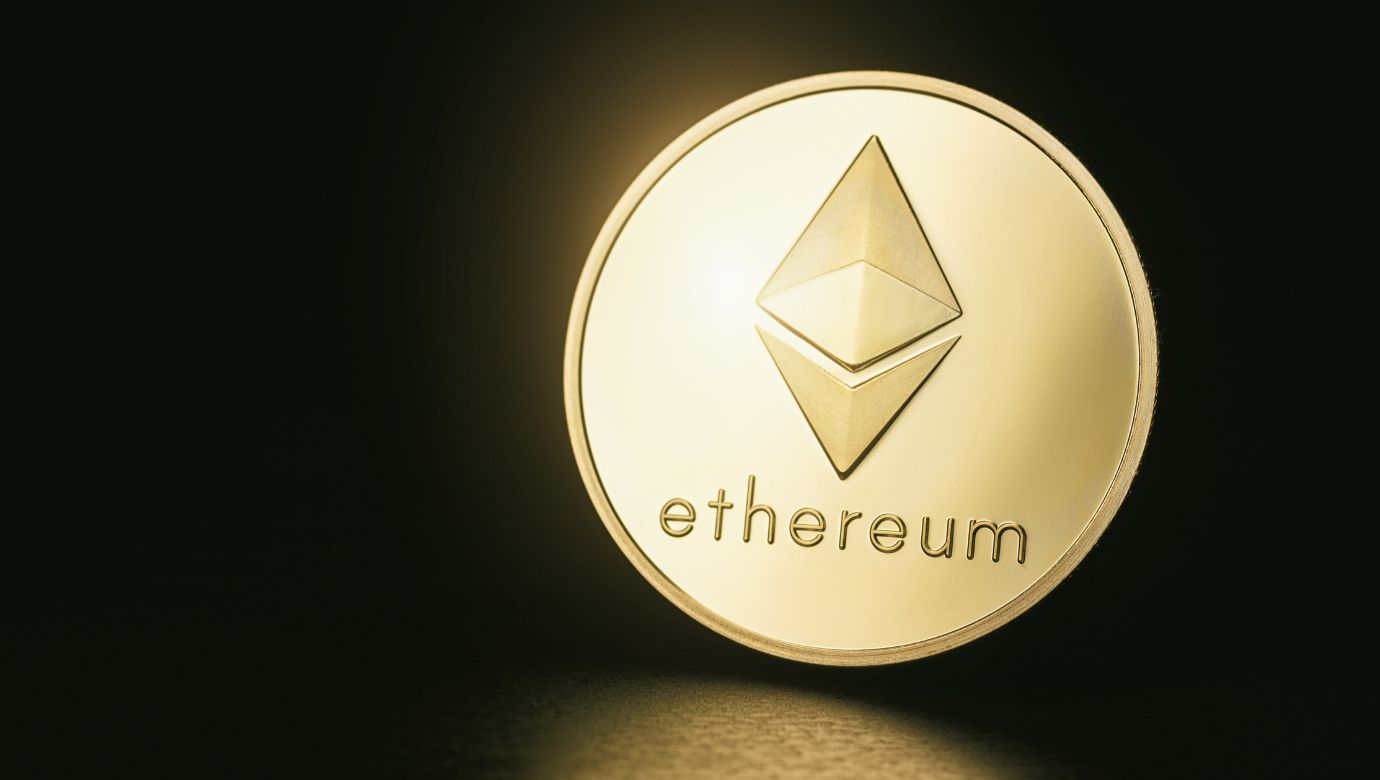Ethereum Not Increasing Gas Limit: Are They “Digging Their Own Grave”?

Recent changes to Ethereum’s roadmap have drawn criticism from some in the community. Taking to X on January 2, Justin Bons, the founder of Cyber Capital, argues that removing the plan to increase layer-1 gas limits over time is a major misstep.
Is Ethereum “Digging Its Own Grave”?
According to Bons, deciding not to pursue sharding and instead relying on layer-2 platforms like Arbitrum, Base, and OP Mainnet will “gradually see Ethereum dig their own grave.”
The founder added that removing the phrase “increase layer-1 gas limits” entirely sends a clear signal to the market that “Ethereum is not scaling at all.” This decision, the founder continued, is a “punch to the gut for early adopters” who supported Ethereum based on the promise of scalability.
In Ethereum, the gas limit defines the maximum amount of gas used in a block. The higher it is, the cheaper the cost of mainnet transaction. This limit has been increased over time to help lower gas fees, especially during bull markets. As of December, this limit stood at 30 million gwei, according to Etherscan data.

Bons also criticizes the Ethereum developers for referring to the chain as a “B2B” chain. By being an “enterprise chain” as implanted, it will price out normal users in favor of “rent-seeking” layer-2s and developers who own layer-2 tokens, harming the network in the long term.
Should Sharding, Not Layer-2s, Be A Priority?
As deduced from the latest Ethereum developer call, the goal is to make the network a host for layer-2s. These layer-2s are primarily powered by roll-ups and other variants, some of which integrate zero-knowledge proofs for better privacy.
Technically, roll-up solutions involve rerouting transactions to off-chain platforms where they are sequenced, validated, and later confirmed on the mainnet. In this arrangement, the mainnet, in this case, Ethereum, is relieved from the extra load–especially in times of high demand. Moreover, users enjoy lower transaction fees than they would have transacted on the mainnet.
Even so, this route, Bons argues, will mean postponing sharding, though it is a critical part of Ethereum on-chain scaling. Sharding is a technique that will help Ethereum scale by splitting the mainnet into smaller units or shards.
These shards will operate independently but will be overly interconnected. In this way, the mainnet will scale since these smaller chunks will process transactions independently, helping bring down transaction fees.
Ethereum Not Increasing Gas Limit: Are They “Digging Their Own Grave”?

Recent changes to Ethereum’s roadmap have drawn criticism from some in the community. Taking to X on January 2, Justin Bons, the founder of Cyber Capital, argues that removing the plan to increase layer-1 gas limits over time is a major misstep.
Is Ethereum “Digging Its Own Grave”?
According to Bons, deciding not to pursue sharding and instead relying on layer-2 platforms like Arbitrum, Base, and OP Mainnet will “gradually see Ethereum dig their own grave.”
The founder added that removing the phrase “increase layer-1 gas limits” entirely sends a clear signal to the market that “Ethereum is not scaling at all.” This decision, the founder continued, is a “punch to the gut for early adopters” who supported Ethereum based on the promise of scalability.
In Ethereum, the gas limit defines the maximum amount of gas used in a block. The higher it is, the cheaper the cost of mainnet transaction. This limit has been increased over time to help lower gas fees, especially during bull markets. As of December, this limit stood at 30 million gwei, according to Etherscan data.

Bons also criticizes the Ethereum developers for referring to the chain as a “B2B” chain. By being an “enterprise chain” as implanted, it will price out normal users in favor of “rent-seeking” layer-2s and developers who own layer-2 tokens, harming the network in the long term.
Should Sharding, Not Layer-2s, Be A Priority?
As deduced from the latest Ethereum developer call, the goal is to make the network a host for layer-2s. These layer-2s are primarily powered by roll-ups and other variants, some of which integrate zero-knowledge proofs for better privacy.
Technically, roll-up solutions involve rerouting transactions to off-chain platforms where they are sequenced, validated, and later confirmed on the mainnet. In this arrangement, the mainnet, in this case, Ethereum, is relieved from the extra load–especially in times of high demand. Moreover, users enjoy lower transaction fees than they would have transacted on the mainnet.
Even so, this route, Bons argues, will mean postponing sharding, though it is a critical part of Ethereum on-chain scaling. Sharding is a technique that will help Ethereum scale by splitting the mainnet into smaller units or shards.
These shards will operate independently but will be overly interconnected. In this way, the mainnet will scale since these smaller chunks will process transactions independently, helping bring down transaction fees.

